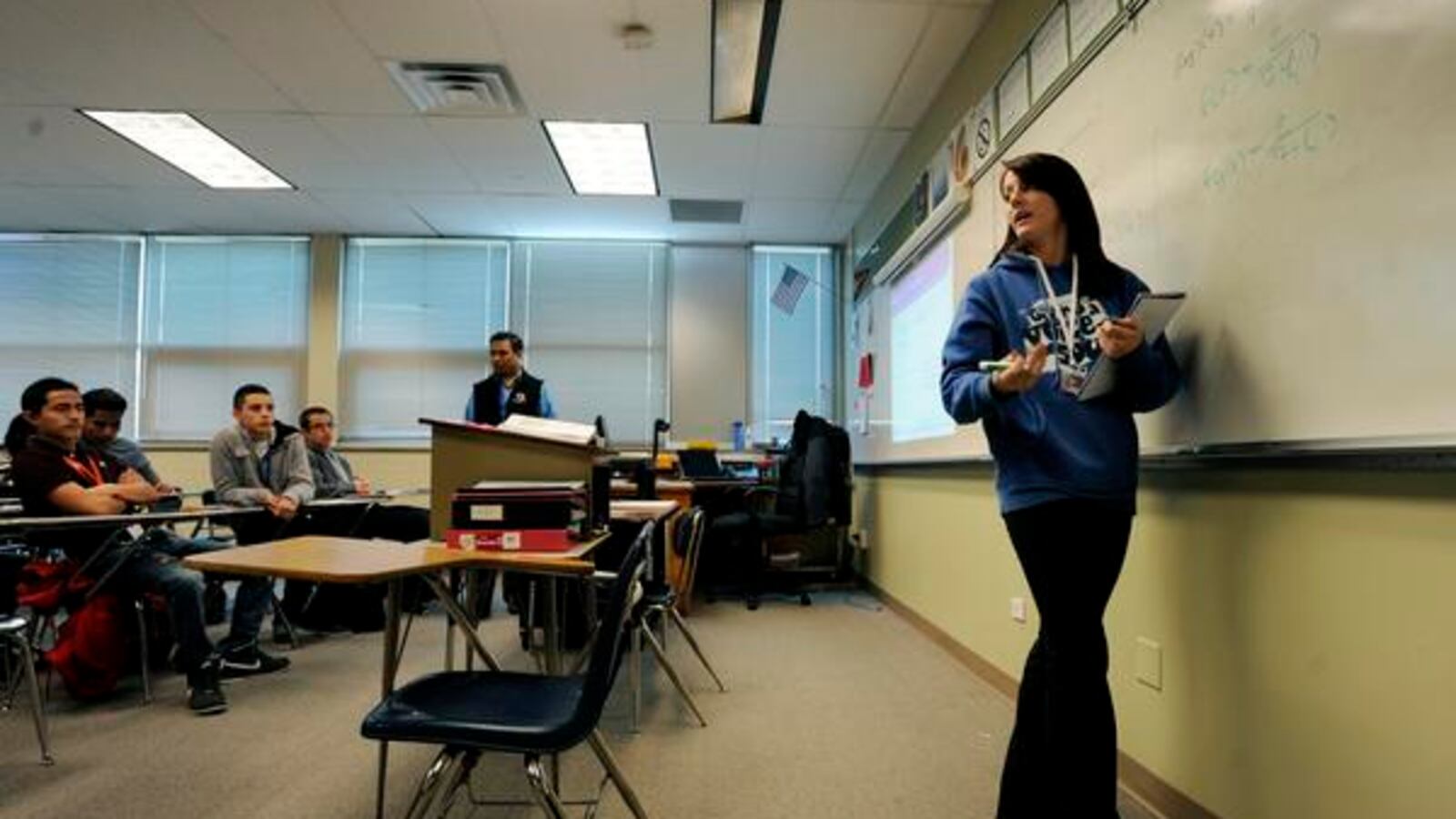More Colorado students are taking college courses while they’re in high school, continuing an upward trend, according to a state report released Thursday.
There were 38,519 students in so-called concurrent enrollment programs in the 2015-16 school year, or more than 30 percent of all 11th-graders and 12th-graders in the state’s public high schools.
The programs allow high school students to take college courses while still enrolled in high school without having to pay college tuition. The programs have been growing in popularity across the country, as have early college high schools that promote enrolling all students in them.
The Colorado Department of Higher Education report states that students who participate are more likely to enroll and stay in college and less likely to need remedial courses in college.
The annual report tracks the number of credits students earn compared to the number that they attempted to earn. In the 2015-16 school year, students passed 93 percent of credit hours attempted. An increasing number of students also completed a postsecondary credential through the programs.
School district breakdowns show the Moffat Consolidated School District in northwest Colorado as enrolling 80 percent of its students in concurrent enrollment programs — the highest rate in the state. Large school districts have a larger number of students participating, but they represent only a fraction of their students.
Other highlights from the report show:
- Statewide, 94 percent of school districts and 82 percent of high schools offer concurrent enrollment programs
- Among two-year institutions, Arapahoe Community College served the most students, with 4,403 enrolled. Among four-year schools, the University of Colorado Denver served the most students, with 5,297 enrolled.
- Compared to the prior year, participation in concurrent enrollment programs increased among Asian students by 18 percent; Hawaiian or Pacific Islander students by 21 percent; Hispanic students by 7 percent, white, non-Hispanic students by 8 percent; and students identifying as more than one race by 12 percent.

